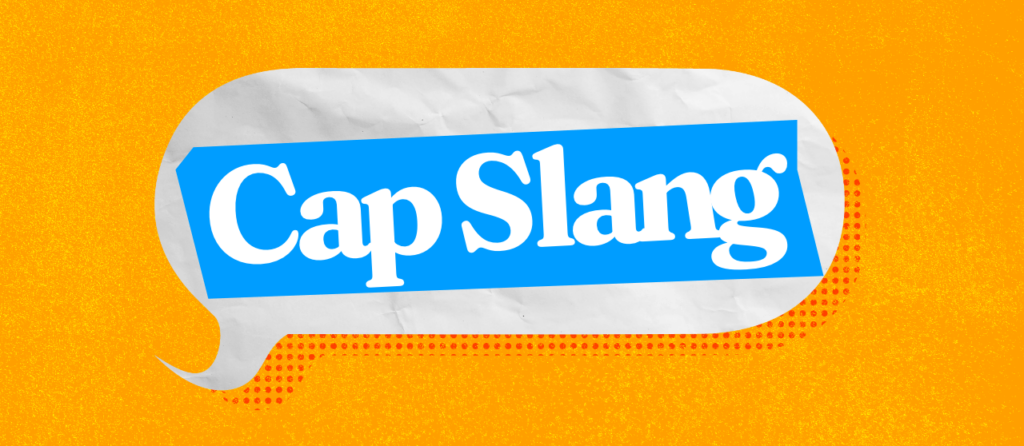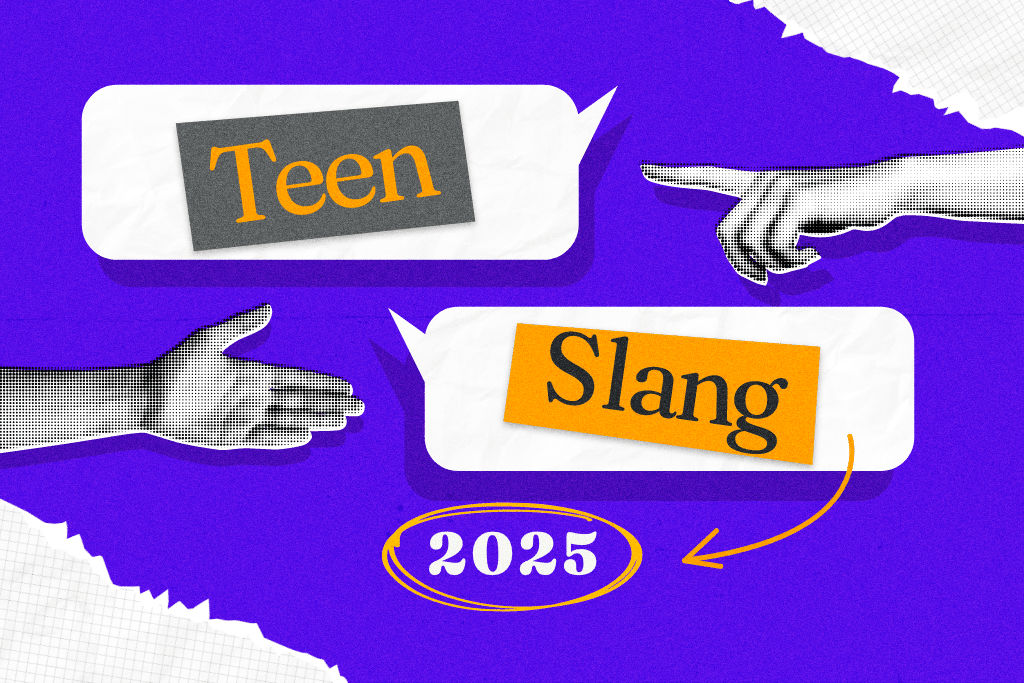Being a teenager has never been easy, especially when it comes to appearance. But now, with TikTok feeding endless beauty trends, teens aren’t just worried about acne or braces — they’re being told they should reshape their entire face.
A growing number of young people, especially teenage boys, are turning to something called mewing to try to sculpt their faces and improve their jawlines.
But what starts as a seemingly harmless habit can snowball into obsession, and even physical harm.
Here’s what parents need to know about mewing, plus the related looksmaxxing, and why they’re trending among teens.
What is Mewing?
Mewing is a facial restructuring technique that involves resting the tip of your tongue against the roof of the mouth, flattening your tongue, and maintaining a specific tongue posture over long periods of time.
The idea is that, over time, this practice can reshape the jawline and face, improve breathing, and enhance overall appearance. Some videos even claim it can give boys “hunter eyes” (deep-set, straight, and intense looking eyes seen as ideal in online beauty trends) or prevent sleep apnea.
The term comes from British orthodontist Dr. John Mew, whose controversial theories about how posture affects facial bones and alignment have taken off on social media.
TikTok is filled with before-and-after photos and videos claiming that mewing helped sharpen jawlines and fix misaligned teeth.
However, there’s no solid scientific evidence that mewing works the way influencers say it does. In fact, the American Association of Orthodontists warns that improper tongue positioning can actually cause dental problems, particularly to the upper front teeth, and even strain the temporomandibular joint (TMJ).
Poor technique may lead to more harm than good.

What is Looksmaxxing?
Looksmaxxing is the practice of using various methods — ranging from skincare to surgery — to “maximize” one’s physical appearance. Mewing falls under this general category.
On the surface, it might look like self-care or grooming. But in some online communities, it’s veered into toxic territory.
Many of the videos promoting looksmaxxing are aimed at young men and reinforce unrealistic beauty standards, especially around facial structure, jawlines, and height.
These posts can fuel insecurity, pushing teens to chase unrealistic beauty standards with methods that may be unsafe or unnecessary.
What is Softmaxxing?
Softmaxxing is a sub-trend of looksmaxxing focused on non-invasive appearance tweaks. This includes things like better posture or drinking more water. Mewing falls under this category as well.
On its own, softmaxxing might seem harmless, but it often acts as a gateway into the more extreme side of body-optimization culture.
Many teens start with softmaxxing habits and end up spiraling into unhealthy daily facial exercises, restrictive diets, or developing insecurities they didn’t have before.
What is Hardmaxxing?
Hardmaxxing takes things to a much more intense — and sometimes dangerous — level.
This trend promotes plastic surgery, harsh chemical treatments, extreme workouts, and jaw-shaping devices as a way to radically change one’s appearance.
Some forums encourage teenage boys to pursue procedures like jaw implants or rhinoplasty in their quest for the “perfect face,” despite their bodies still developing.
These ideas can harm a teen’s self-esteem, create obsessive behaviors, and foster body dysmorphia.
Teens and Mewing: What Parents Should Know
While mewing may seem like just another TikTok trend, it’s part of a deeper pattern where kids are turning to social media for solutions to their insecurities.
Many teens are drawn to these practices because they’re struggling with self-image or peer pressure, especially in environments where appearance is closely linked to popularity.

Teachers are even raising concerns that some students are using mewing as a form of silent defiance — refusing to speak when called on and even shushing teachers to avoid breaking their perfect tongue posture. Texas teacher, Teresa Newman, describes the behavior as “smug,” “rude,” and intentionally used to show disrespect, disrupt class, and undermine authority.
Even though not all aspects of mewing are harmful, the obsession with control over facial features at such a young age can signal a bigger issue. Constant comparison online, especially with altered or filtered images, warps a teen’s understanding of what’s normal and healthy.
What Parents Can Do
Mewing, looksmaxxing, and similar trends thrive in the fast-paced, image-obsessed world of social media. While it is nearly impossible to shield kids from every viral idea, especially when they hear about it at school or from friends, you can limit how much time they spend immersed in those pressures.
One powerful step is to give them a device that does not include social media at all.

Gabb phones and watches are built with kids’ safety in mind. They do not include apps like TikTok, Instagram, or Snapchat — platforms where these unrealistic and often harmful beauty trends spread the fastest.
While your child might still hear about mewing or hunter eyes, they will not be constantly bombarded by filtered images, influencer advice, or the constant pressure to change how they look.
Helping your teen build self-esteem starts with creating space to grow confidently without algorithms feeding their insecurities. Do you have thoughts or questions about this topic? Leave a comment below, and check out Gabb for safer tech that helps families stay connected without the noise.









Success!
Your comment has been submitted for review! We will notify you when it has been approved and posted!
Thank you!